Billie Eilish and Bad Bunny’s Groundbreaking Crossover: A New Era in the Music Industry
In a move that no one saw coming, two of the most influential artists in modern music—Billie Eilish and Bad Bunny—have teamed up for a groundbreaking collaboration that has the music world buzzing. This unexpected crossover between the American pop sensation Billie Eilish and the Puerto Rican reggaeton star Bad Bunny represents not just a fusion of two unique sounds but a whole new era in the global music scene. Billie, known for her introspective and haunting pop sound, and Bad Bunny, who has helped elevate reggaeton to new global heights, are setting the stage for a cultural revolution that will forever change the music industry as we know it.
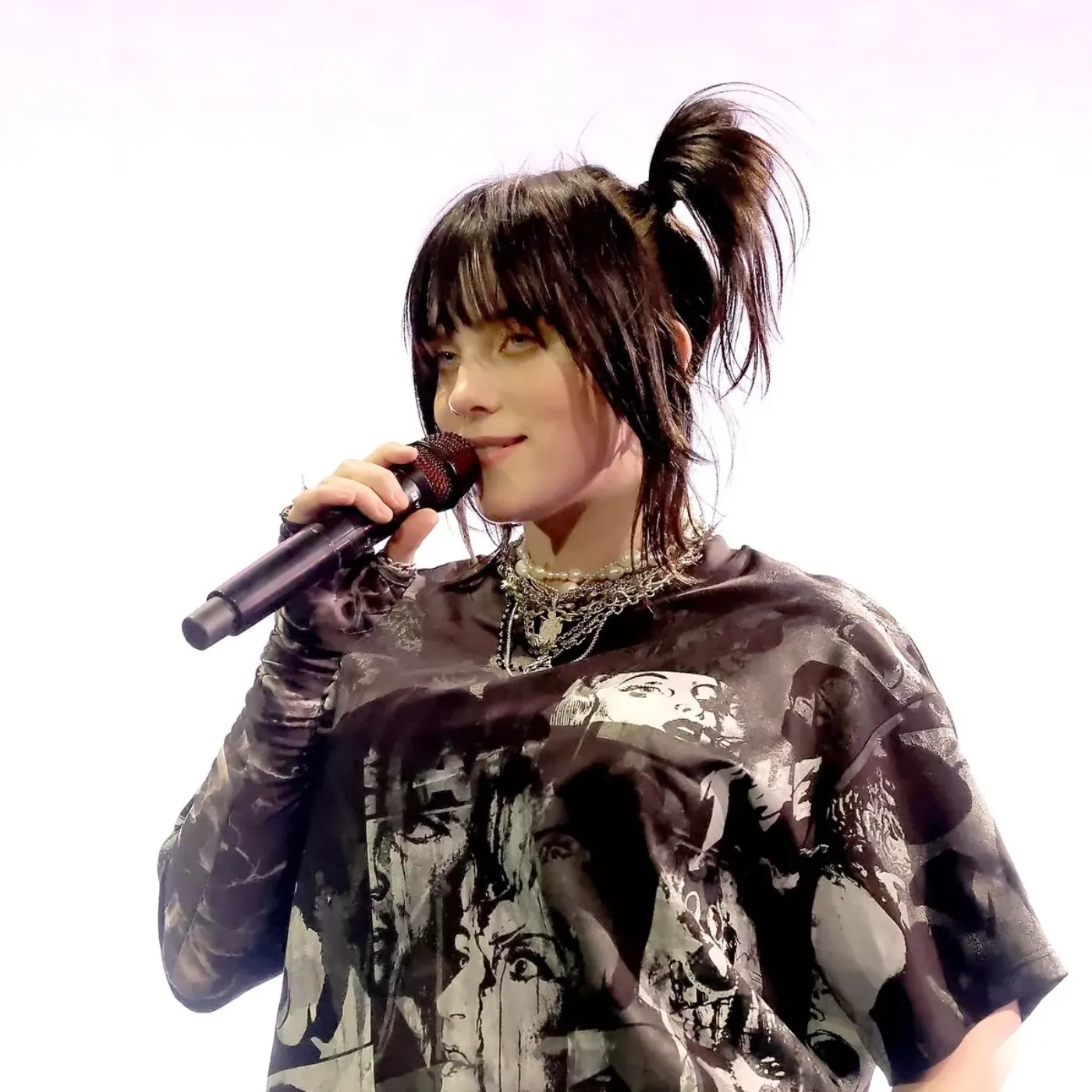
The Chemistry Behind the Collaboration: How Eilish and Bad Bunny’s Sounds Complement Each Other
When Billie Eilish and Bad Bunny first announced their collaboration, it sent waves of excitement through their respective fan bases. Eilish, with her ethereal, minimalist, and sometimes dark style, has created a niche in the music industry where she blends brooding atmospheres with whispered vocals and subtle electronic beats. In contrast, Bad Bunny has dominated the reggaeton scene with his dynamic and infectious rhythms, fusing Latin sounds with elements of hip-hop, trap, and pop.
The true magic of this collaboration lies in the balance between their unique musical elements. Bad Bunny’s energetic beats and Billie’s signature atmospheric sound create a striking contrast yet blend seamlessly. Fans have marveled at how well their styles complement each other, with Billy’s haunting voice adding an unexpected depth to Bad Bunny’s high-energy beats. It’s a cultural fusion that brings together two musical worlds in a way that has never been done before.
The Song’s Impact: Shattering Boundaries and Redefining Genre
This collaboration has not only turned heads due to the surprise pairing, but it has also become a significant cultural moment, reflecting the evolving nature of global music. Billie Eilish and Bad Bunny’s crossover defies traditional genre labels, mixing elements of pop, reggaeton, hip-hop, and even electronic music. This move represents a broader trend in the industry where artists are no longer confined to a specific genre but instead are encouraged to explore new soundscapes and push creative boundaries. The song has taken the music world by storm, already breaking records for its number of streams and social media mentions.
One of the most significant aspects of this collaboration is its ability to transcend cultural and language barriers. With Billie’s global fanbase and Bad Bunny’s dominance in the Latin music world, this song has reached audiences across different languages and regions. It proves that music, at its core, is a universal language that can unite people from all walks of life. Fans from different backgrounds have embraced the track, proving that the future of music lies in inclusivity, cross-cultural exchange, and genre fusion.
The Future of Collaborations: What Does This Mean for the Industry?
The success of this crossover opens up exciting possibilities for future collaborations in the music industry. Billie Eilish and Bad Bunny have set the stage for even more unlikely pairings between artists from different genres and cultural backgrounds. In an age where streaming platforms have made global music more accessible than ever before, artists now have the opportunity to collaborate without the constraints of geography or genre.
This collaboration between Eilish and Bad Bunny signals the dismantling of genre boundaries. Fans and industry experts alike are beginning to see that the future of music is fluid, experimental, and collaborative. The success of the song shows that genre lines are becoming increasingly irrelevant, and artists who might have once seemed like unlikely collaborators are now coming together to create innovative and genre-defying sounds.
Moreover, the song represents a broader shift in the music industry, where artists are encouraged to take creative risks and step outside of their comfort zones. Fans are no longer just passively consuming music; they are actively seeking out new, innovative sounds that push the limits of what music can be. The Billie Eilish and Bad Bunny collaboration has set a new precedent for what the future of music could look like.
The Role of Social Media in Amplifying the Collaboration’s Success
Another key factor contributing to the success of this collaboration is the role of social media. The song’s release was followed by an immediate wave of posts, memes, and reactions on platforms like Instagram, Twitter, and TikTok. Fans of both Billie Eilish and Bad Bunny flooded social media with their thoughts, creating a viral sensation that helped the track gain traction even before it officially dropped. Social media engagement has become an essential part of how artists release and promote their music, and the response to this collaboration has been nothing short of overwhelming.
Platforms like TikTok, which thrives on short, viral clips, also played a crucial role in the song’s success. Fans immediately began creating their own content, incorporating the track into videos, dances, and memes. This kind of user-generated content helps fuel the momentum around a song, making it even more widespread and creating a sense of community around the music. Billie and Bad Bunny’s crossover is an example of how the interaction between artists and fans on social media can amplify a song’s reach and success.
Conclusion: A New Era of Music Has Begun
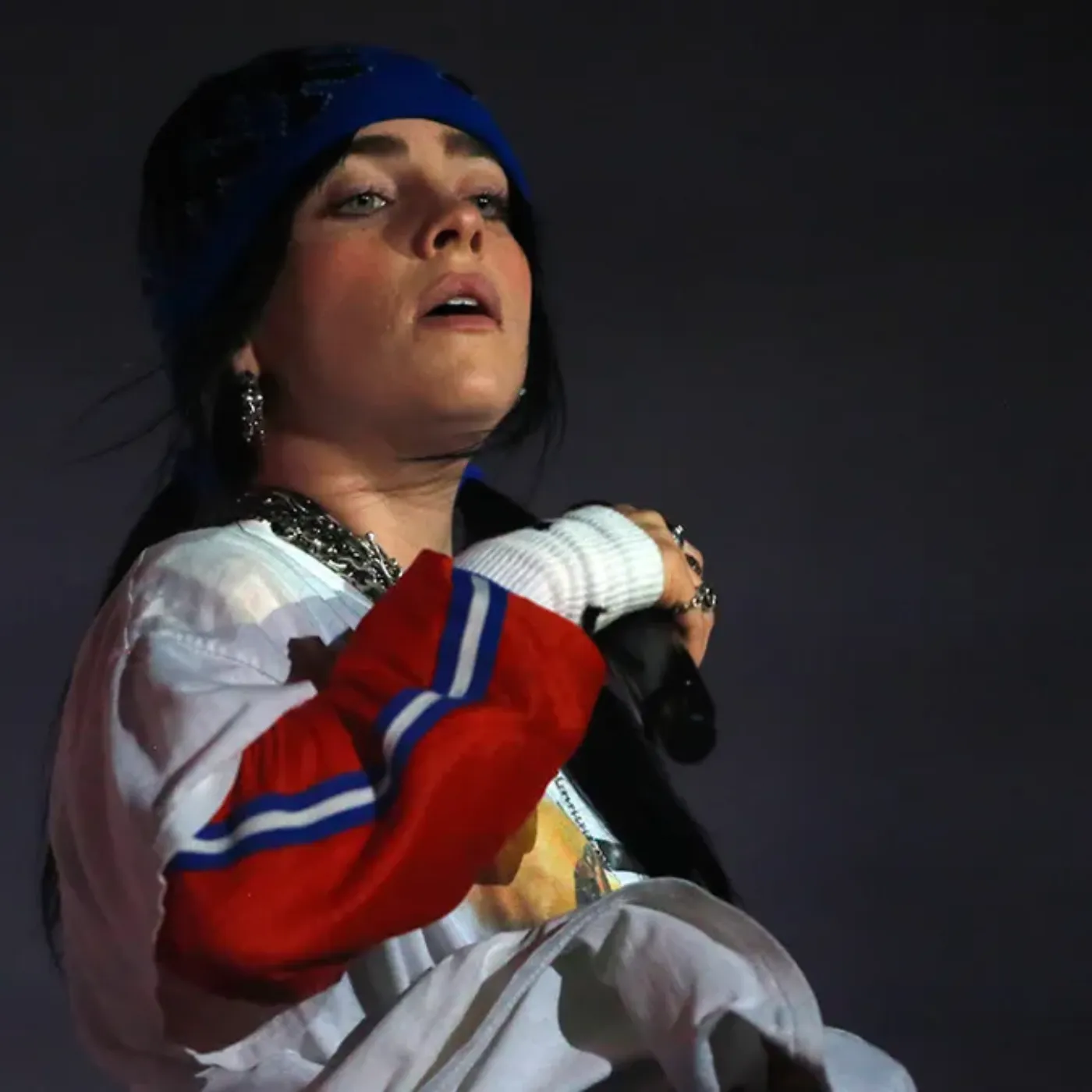
Billie Eilish and Bad Bunny’s surprising collaboration is more than just a song—it’s a cultural shift. Their fusion of diverse musical styles and cultures has created something that the music industry has never seen before. By combining pop, reggaeton, and experimental sounds, they’ve shown the world that music can be much more than genre-specific. The collaboration has not only shattered existing boundaries but has also opened the door for future partnerships that will continue to push the envelope of what’s possible in music. This is just the beginning of a new era in the industry where collaboration, innovation, and cross-cultural exchange will define the future of music.
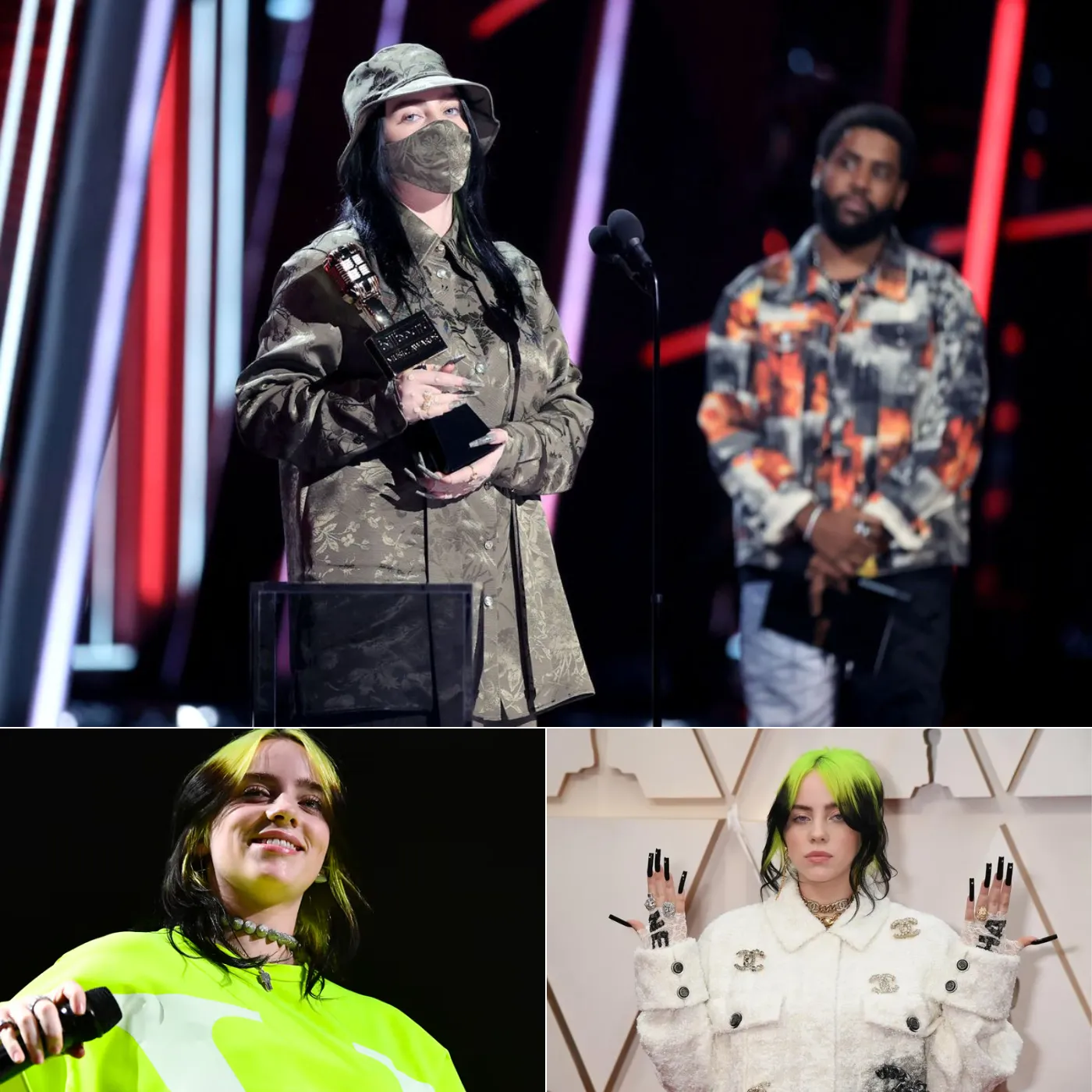
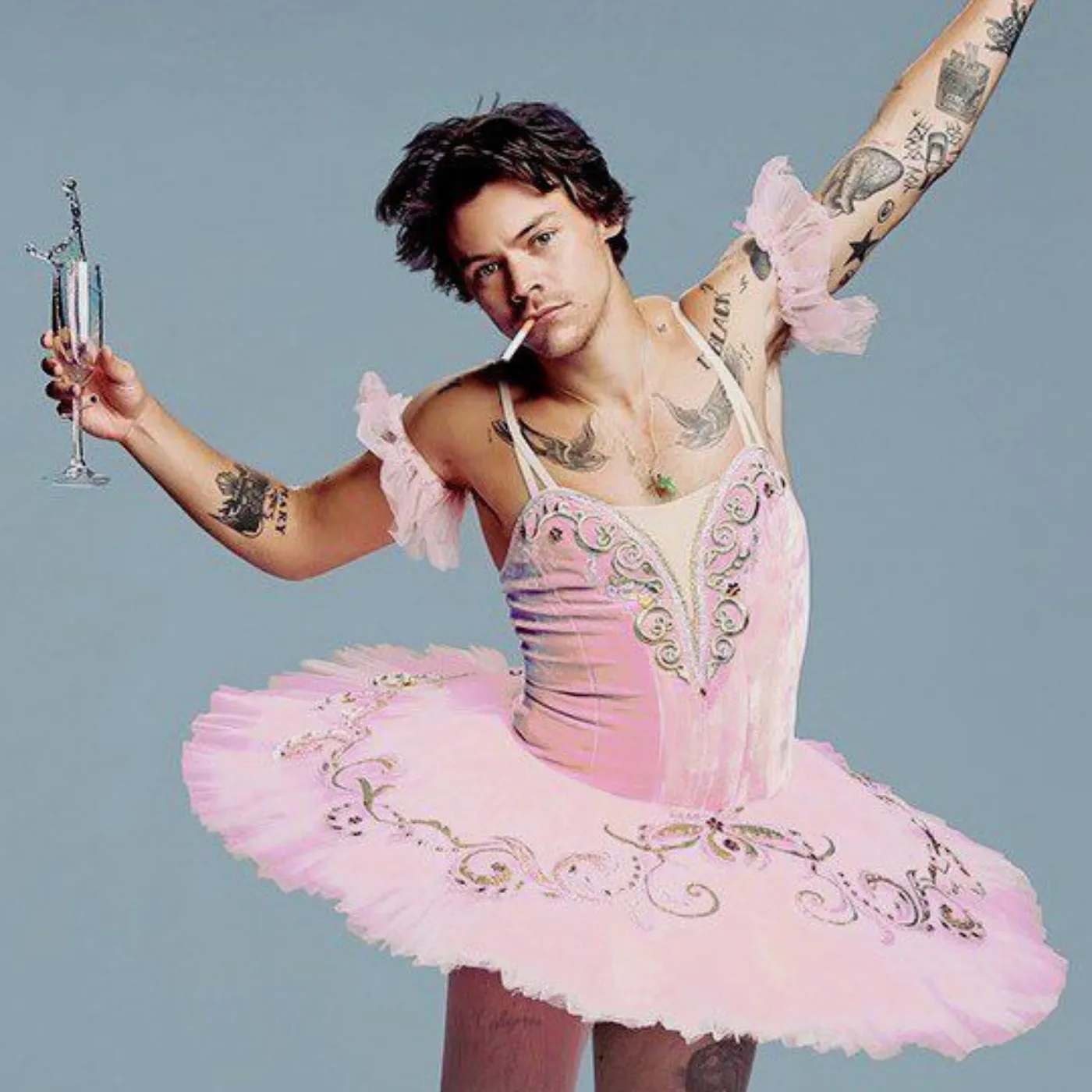
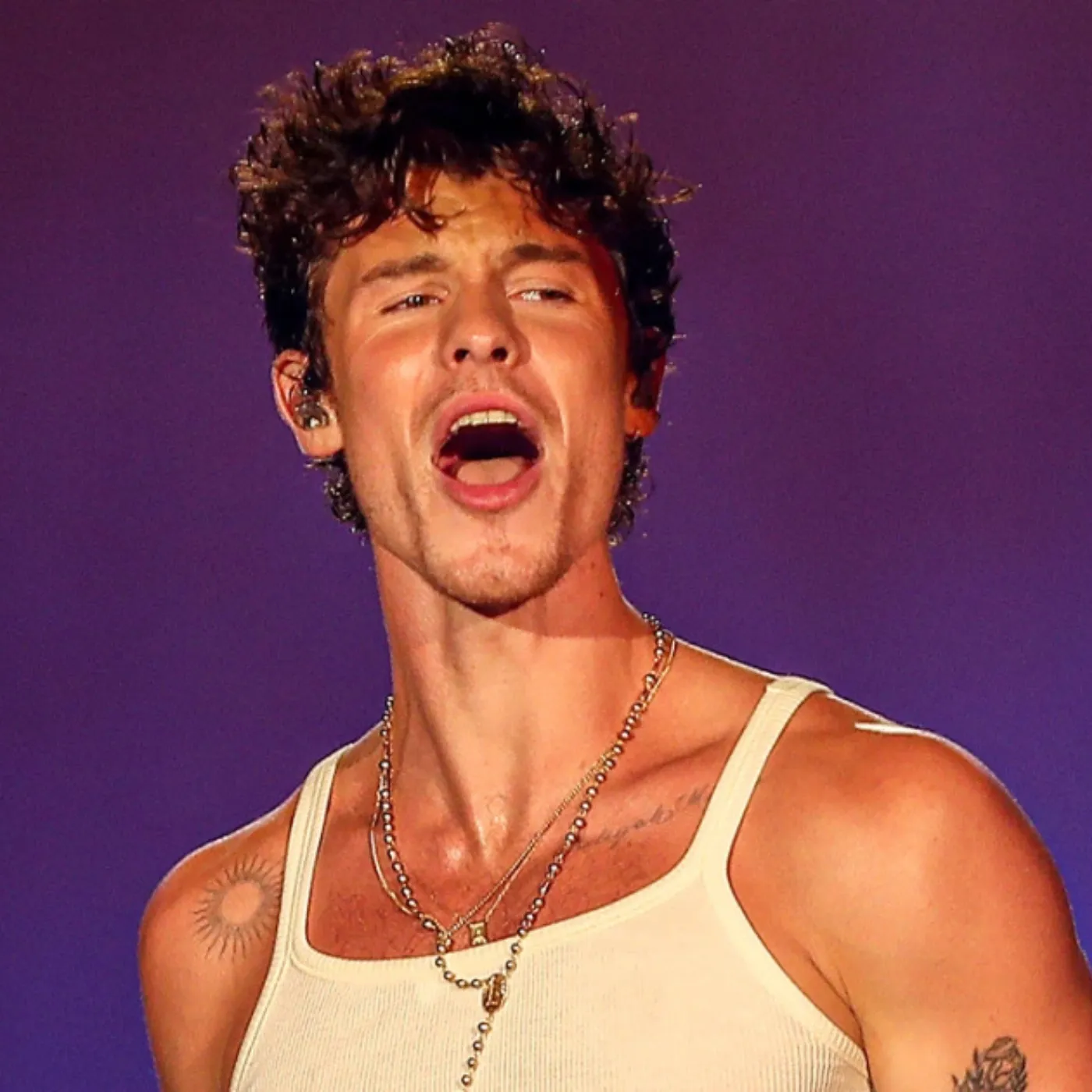
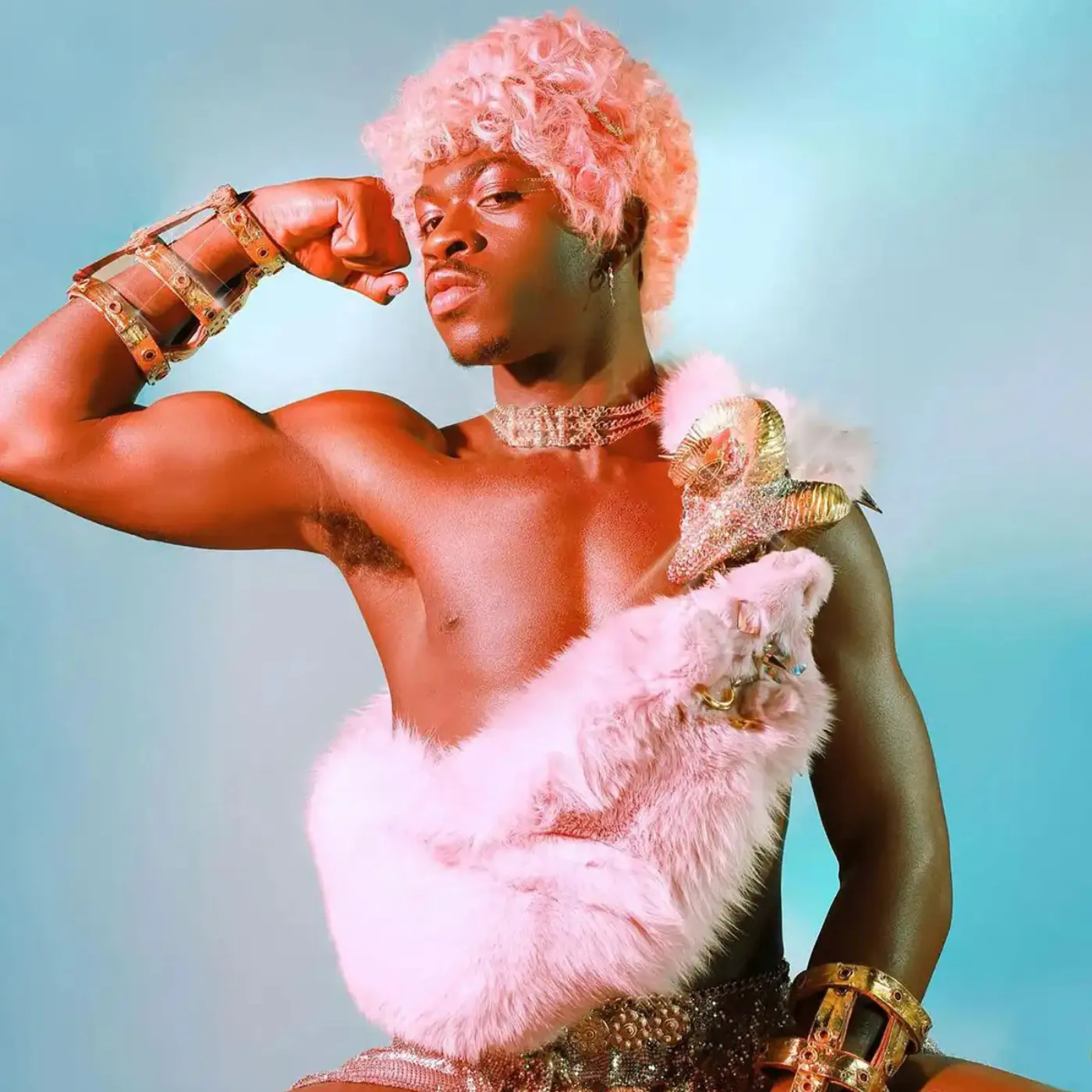
Post Comment